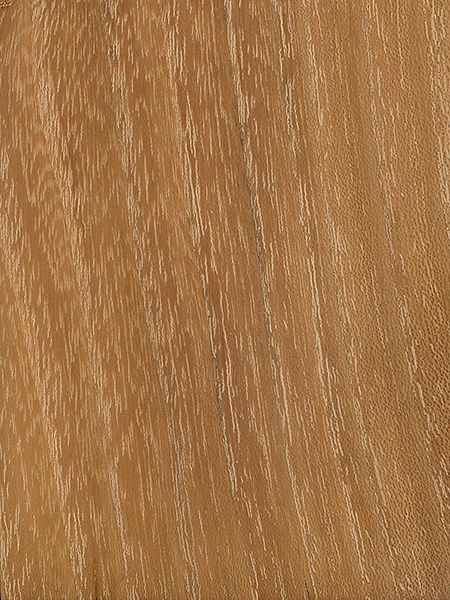Black Locust
Color/Appearance: Color can range from a pale greenish-yellow to a darker brown. Tends to darken to a russet brown with age. Can be confused with Osage Orange and Honey Locust in some instances.
Grain/Texture: Grain is usually straight, with a medium texture.
Endgrain: Ring-porous; large earlywood pores 2-3 pores wide, small latewood pores in clusters and tangential bands; tyloses extremely abundant; growth rings distinct; rays barely visible without lens; parenchyma vasicentric, aliform, and confluent.
Rot Resistance: Rated as very durable in regard to decay resistance, with good weathering characteristics. Frequently used as fence posts for its outdoor longevity.
Workability: Overall working characteristics for Black Locust are mixed: although the grain is usually straight, its high density and hardness can make it difficult to machine. Black Locust also has a moderate blunting effect on cutting edges. Responds very well to both lathe turning and steam bending; glues and finishes well.
Odor: No characteristic odor.
Sustainability: This wood species is not listed in the CITES Appendices, and is reported by the IUCN as being a species of least concern.
Common Uses: Fence posts, boatbuilding, flooring, furniture, mine timbers, railroad ties, turned objects, and veneer.
Comments: Black Locust is a very hard and strong wood, competing with Hickory (Carya genus) as the strongest and stiffest domestic timber: but with more stability and rot resistance.
Although it shares a similar common name with Honey Locust, the two aren’t in the same genus, (Robinia and Gleditsia, respectively). Black Locust tends to be slightly heavier, harder, and with more of a green or yellow tinge, while Honey Locust tends to have a warmer orange or red tint.



